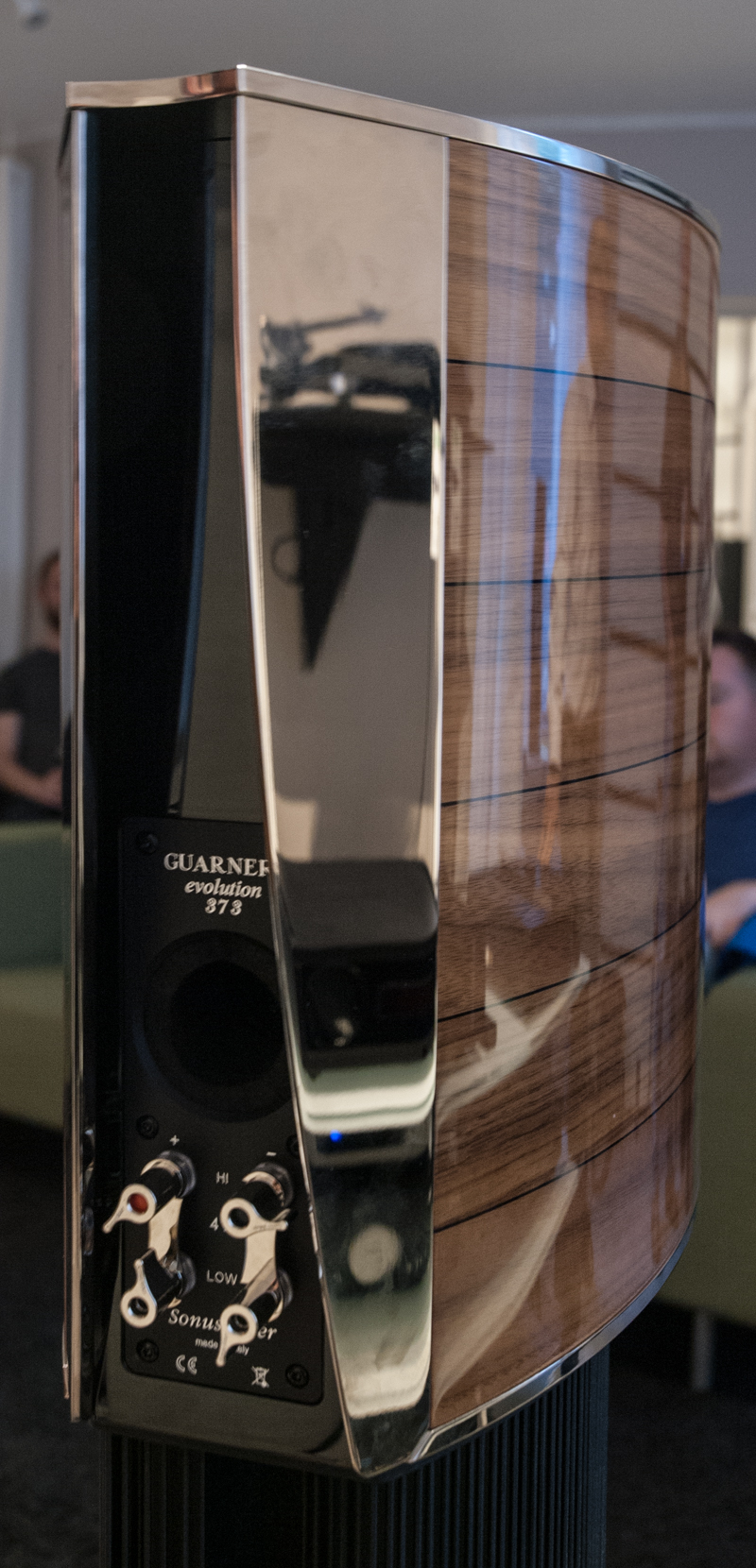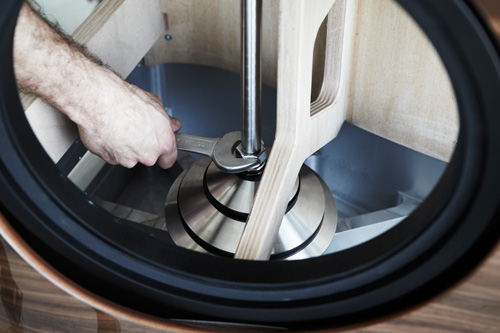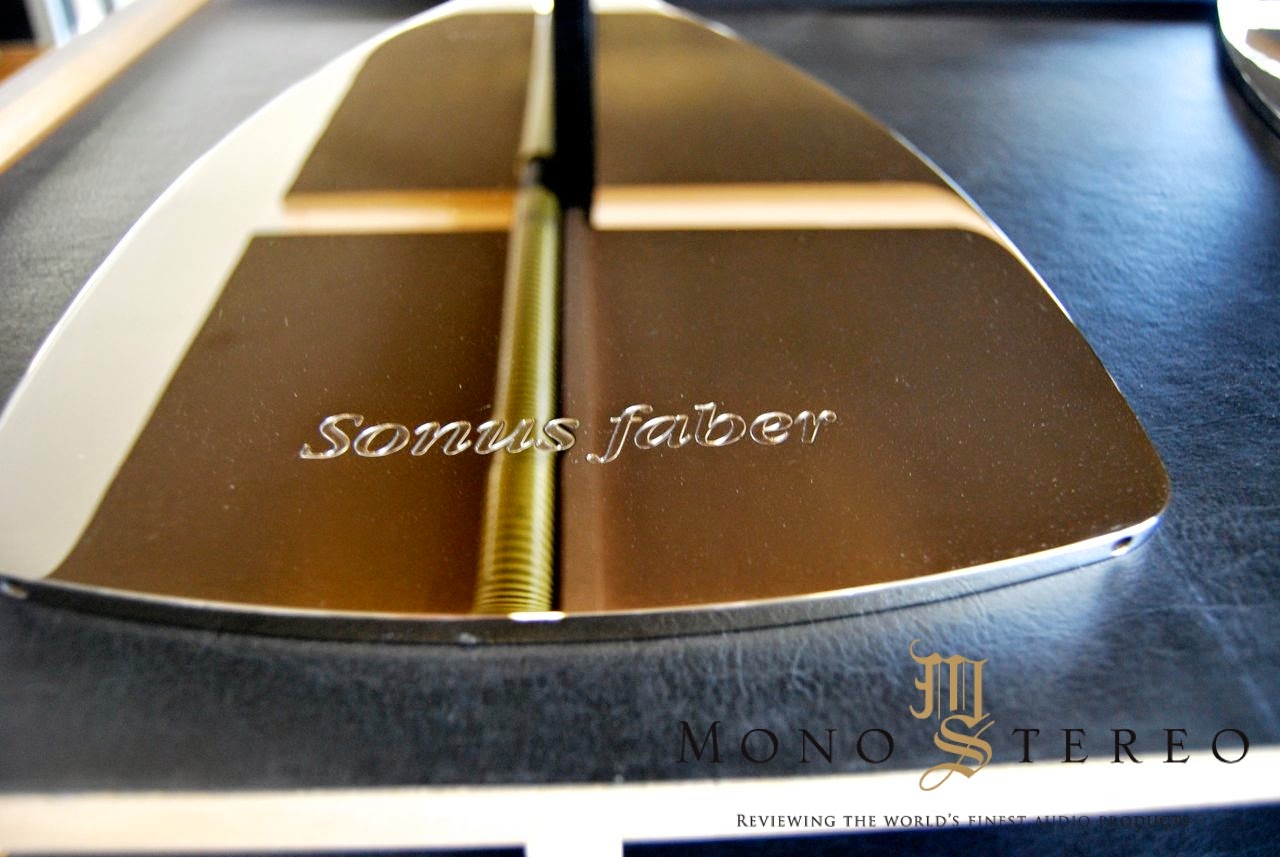matt scarlett
Established Member
which glue or attaching process is best for attaching metal to wood? I guess i'm looking for gluing processes rather than attaching metal to wood by screwing it in.

matt scarlett":3e1rg6wf said:which glue or attaching process is best for attaching metal to wood? I guess i'm looking for gluing processes rather than attaching metal to wood by screwing it in.


Wuffles":3qpgqefq said:That might not actually be stuck together you know, some precision engineering there
Epoxy and a steady hand for that kind of thing, PU for wood & metal butchery.




matt scarlett":gruihrcp said:Wuffles":gruihrcp said:That might not actually be stuck together you know, some precision engineering there
Epoxy and a steady hand for that kind of thing, PU for wood & metal butchery.
I assume there's more to these Sonus Faber speakers than they're letting on. There are a lot of factory tour pictures, but it's just doing some reverse engineering. But thanks for the heads up. It the kind of help/comments i need.
deema":1duq3us0 said:I think you will find that the laminates are attached by them sitting in grooves stamped / cast into the metal parts. The metal parts form the structure of the enclosure and the laminates are just for decoration.



xy mosian":2o7y5h06 said:Hi, I spent more than a decade in the Acoustics Lab, Loudspeaker design really, of a well known, and in some areas respected manufacturer of HI-Fi loudspeakers.
My work included the testing of both speakers we were developing, units and systems, and some of those of other makers. The upkeep of the test gear was included in that.
Later I moved on to Tweeter design with Horn, sorry wave guide, loading, and latterly the development of a very nice flat field unit. I would say that wouldn't I?
I see from the link, https://transmissionlinedesigns.wordpress.com/, that the site author recommends design by listening. There is nothing wrong with that, to my mind, plenty of reasonable loudspeakers have been designed that way.
Audible testing is quite possible using a Pink Noise signal and in looking for a link to such a signal I came across this site http://www.audiocheck.net/testtones_pinknoise.php. A good place to lose any amount of time, for me at least.
I would recommend that you download a pink noise recording and then get used to listening to it. Play it on all your reproduction equipment, bearing in mind that everything between the file on the server and your ears may change the sound.
Play, sorry experiment, with the graphic equalizer of your PC audio player to get used to hearing the effects of louder, or quieter, frequency ranges. Then listen to your newly developed system how is the overall balance? Are there any bands of frequency missing? This last test is perhaps best done with one speaker, it saves building two anyway. Then, for car speakers, listen again in the car.
I should say that I know little about car systems other than the fact that most around here only have a one note Bass.
Last thing - Go For IT
Hope this helps,
xy
It has been my experience of nearly 3 decades of exposure to a vast number of audio products (as most of us have), that regardless of such engineering endeavors, I have experienced;
– Good and bad products at all price levels. Under the category of bad, I also Include aspects such as build quality.
– Good and bad (to my ears) sealed or open (ported, bandpass, transmission line etc) enclosure designs
– I have been impressed by some, and very unimpressed by other audio products that have displayed the idyllic graph responses, quoted specifications or T/S (Thiele/Small) parameters.
– Mostly unimpressed by published Hi-Fi magazines ‘5 Star’ recommendations.
matt scarlett":4zvgbldq said:https://www.youtube.com/watch?v=GRM5LB5rvCc
I'd say knowledge is a serious hindrance for objective evaluation. If we had to pick our speaker from behind a black curtain we might pick something we seriously never would have done if we knew what it was.
If I really had to help you picking the right speaker for you and your room, I would have to know you personally, your spouse, your room, your equipment, your musical taste, how loud you play, etc. And even then you might think my suggestion wasn't exactly what you had in mind.
And please remember: What I hear is not what you will hear - and describing sound just doesn't make much sense. So -
Please do not ask what to build!
And please do not ask if any speaker driver is value for money or how they compare. For some people a cheap well implemented driver may do just as well as any high-end driver costing 4-5 times as much. Producing a 6" speaker driver can be done for less than 10 USD and in many ways do as well as a driver costing ten times as much. The suggested increase in performance of high-priced may be well justified but to some ears it just doesn't matter.
Wuffles":23y0vrek said:matt scarlett":23y0vrek said:https://www.youtube.com/watch?v=GRM5LB5rvCc
Video is private.
Enter your email address to join: